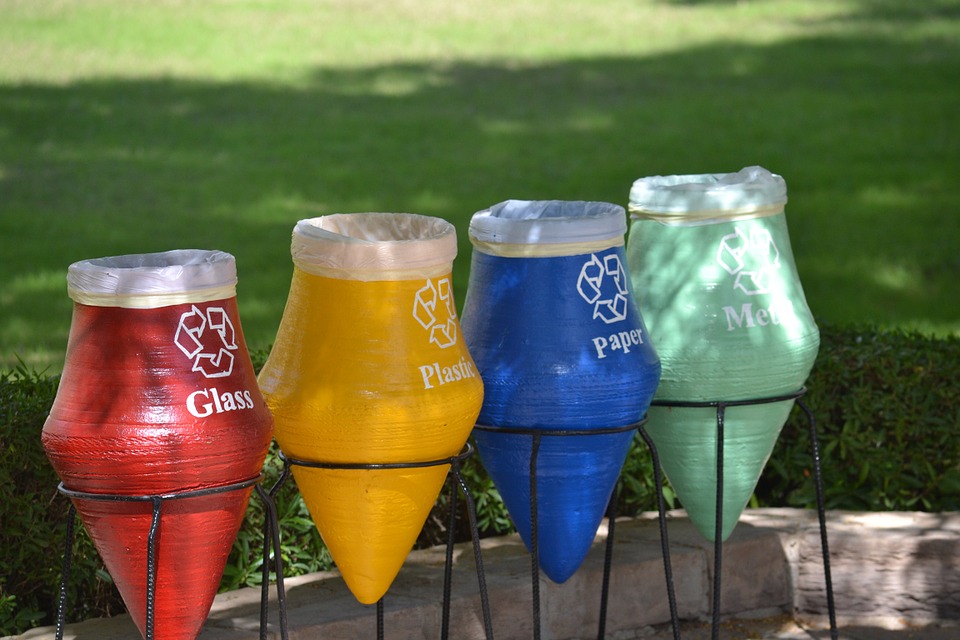
Environmental Conservation
John Scarpulla: A Champion of Environmental Conservation
John Scarpulla has been dedicated to protecting our environment for over two decades. As a passionate environmentalist, he has been

John Scarpulla has been dedicated to protecting our environment for over two decades. As a passionate environmentalist, he has been

We live in a circular world where everything is connected. From the economy to agriculture, circular sustainability is becoming more

Not long ago, the concept of green living walls was nothing but a design fad often an interest to award-hungry
Copyright © 2025 | Powered by Word-Weight
Copyright © 2025 | Powered by Word-Weight